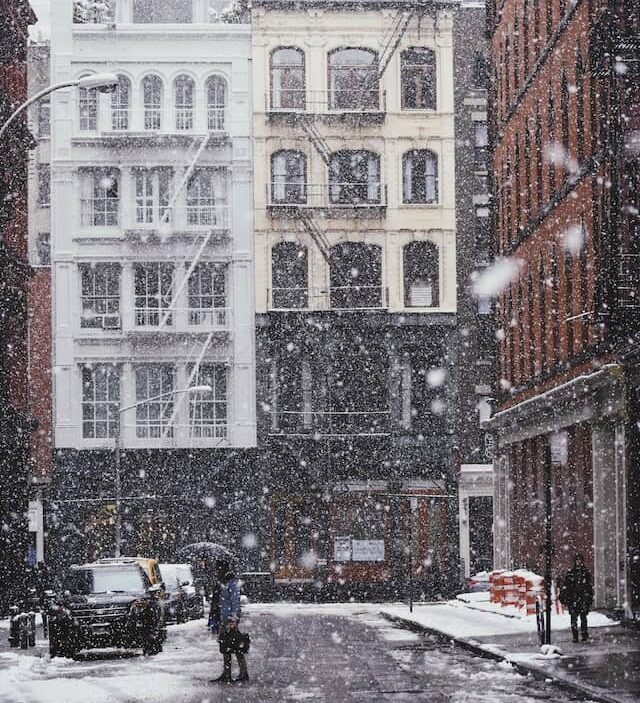Winter can be an especially dangerous time of year; low temperatures, ice and snow, and long dark days all add up to create ideal circumstances for accidents and injuries of all sorts. According to some estimates, around 53.6% of serious accidents happen in the household, and the icy winters cause injuries to approximately 1 million Americans annually, killing more than twice as many people as the summer heat each year.
Falling Ice and Snow
We all see icicles dangling precariously from gutters and shingles, and it’s impossible to stop snow drifts from collecting on many roofs across the country. Leaving it there can be a problem for several reasons, from water damage to roof collapses, but one of the most direct dangers comes from falling ice and snow. Statistics show that approximately 15 people in the United States are killed in icicle-related accidents yearly, which isn’t to count the additional non-lethal injuries each year. These incidents are all too common in many northern cities, but the problem is exacerbated in New York by the construction of supertall skyscrapers, which can turn even Billionaires Row into a hazard zone.
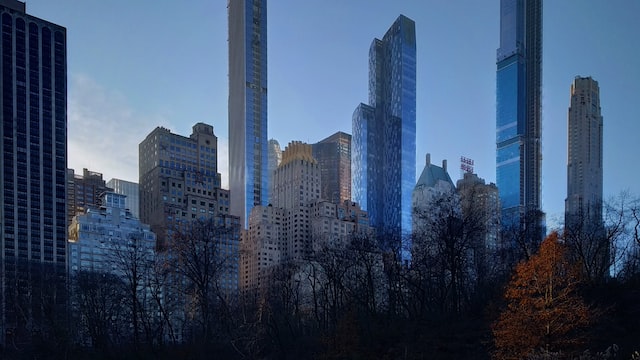
There are several ways to safeguard against roof-borne dangers, such as the use of a Roof Rake, a long-armed device for removing snow and ice from high places. Alternatively, roofers can install ice and water protective membranes whose hydrophobic properties stop the hazards from forming or heating cables that are especially helpful in frigid climates with high snowfall rates. Additionally, cleaning and maintaining your gutters during the non-winter months is a great way to save headaches and frustration when things get cold and debris freezes over, creating frigid hazards down the line.
Space Heaters
The unforgiving chill of winter can be combated with warm blankets, hot food, and of course, space heaters. Many New York City apartments don’t allow tenants to control their own thermostats and heat complaints skyrocket in the wintertime, with the Bronx the borough most impacted. Steam and hot water radiators are frequently inconsistent in their heat distribution; this is where portable space heaters come in very handy. The Consumer Product Safety Commission (CPSC) estimates that between the years 2008 and 2010, space heaters were responsible for approximately 1200 fires per year. By some estimates, space heaters are responsible for 55,000 fires per year and over 400 deaths and 1500 injuries worldwide!
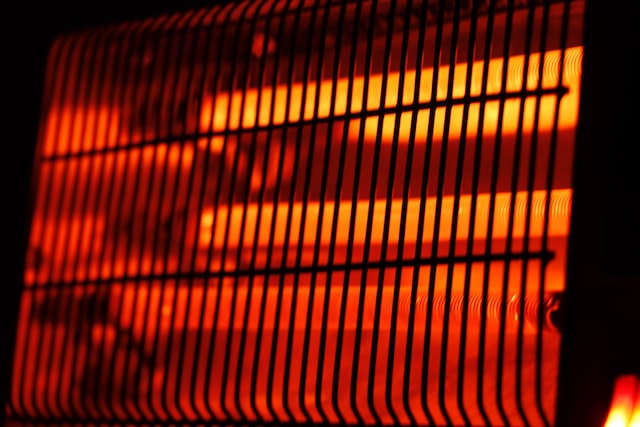
High-wattage, low-regulation devices can easily combust flammable materials such as curtains, papers, bedding, and fluids such as gasoline, cooking oil, or certain alcohols. To avoid fires caused by space heaters, it’s important to follow a few simple guidelines: Always place your space heater on a flat, non-flammable surface and avoid plugging it into an extension cord or power strip; it should be securely plugged into the outlet and grounded. Don’t use a space heater with a damaged cord, and keep on guard for an overheating plug, outlet, or faceplate; if it’s overheating, unplug it immediately! Additionally, it’s important to check that the device has been certified for safety by an organization such as OSHA or the government’s official website for consumer protection.
Black Ice
A common, invisible hazard coats the ground in many winter climates, a slippery, dangerous fiend commonly known as black ice. Black ice forms when the outside temperature falls below freezing point while the ground is still wet either from rain, melting snow, or other reasons. It’s called “black” ice because it’s thinner and more difficult to see than regular ice and, therefore, a greater hazard to less-than-vigilant homeowners during winter months. Black ice typically forms during especially cold times of the day, such as dusk and late evening. Ice-related falls are one of the most common ways to injure oneself at home during the winter, and February is the busiest month for winter-related falls in many locations. Falls are the leading cause of injury and death in older Americans, and proper prevention is essential to avoid painful, costly, and life-threatening issues like back and neck injuries, herniated discs, cervical sprain, and lumbar strains most common among them.
The best way to avoid black ice around the house is to prevent it from forming in the first place, either by installing expensive heated walkways or much cheaper snow-melting mats. Additionally, removing snow as soon as possible after it falls can stop it from compacting and creating hidden hazards. Before a snow storm or ice storm, liquid anti-icer, salt, and even kitty litter can help add grit to walkways and prevent thin ice from forming. Walkways, outdoor staircases, and tile floors are especially dangerous locations, as these cold-retaining, flat, high-traffic areas create ideal conditions for black ice to form. Wearing proper, non-slip footwear and slowing down during winter months can help you avoid the worst injuries due to slipping and falling.
Hypothermia & Frostbite
Hypothermia is a condition often associated with falling through ice or long, unprotected journeys into the heart of a blizzard. However, it’s both more common and more dangerous than often given credit for. Hypothermia is the result of the body losing heat faster than it can be replaced and can occur when the body temperature is less than 95 degrees or even from prolonged exposure to outdoor temperatures as high as 40 degrees! Typical symptoms include persistent shivering, poor mobility, and cognitive issues such as confusion; Should you experience any of these, head indoors to a warm heated area immediately!
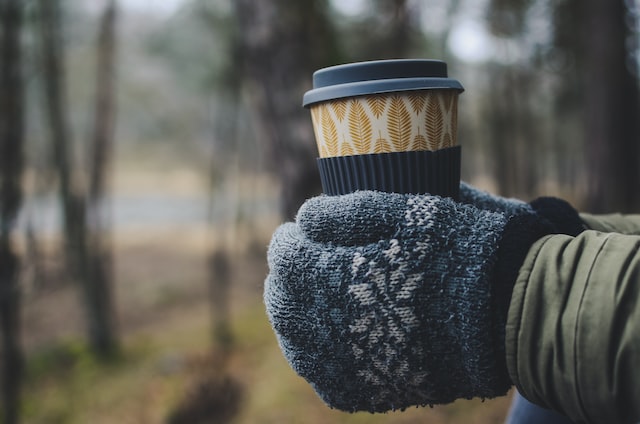
Frostbite, on the other hand, is the most common injury resulting from exposure to severe cold and occurs when blood vessels and underlying tissues freeze and are damaged. This most often occurs in the extremities, such as fingers and toes, but can affect exposed body parts, such as the nose, ears, and lips, during especially frigid weather. Keeping these body parts warm and covered with several layers of weatherproof clothing is essential to fending off this cold-weather hazard. Stiffness, discolorations, blisters, and internal pain upon reheating are telltale signs of frostbite, and it’s recommended you receive treatment as soon as possible if you experience any of these symptoms.
While hypothermia and frostbite are associated with the outdoors, indoors can be just as dangerous in the case of massive, grid-downing weather events such as Hurricane Sandy in 2012, which left hundreds of thousands without power. A decade later, New York City experienced another major cold-related power outage in April 2022, affecting over 170,000 people! In addition to ensuring your home is well heated, it’s also wise to invest in a generator or other supplemental power source to be prepared for New York winters, as even indoors, frostbite and hypothermia have been known to cause injury and take lives.
Carbon Monoxide
Often called “the silent killer,” this odorless, colorless gas is a byproduct of carbon-containing fuels such as gas, wood, and coal. The Centers for Disease Control and Prevention (CDC) estimates that at least 430 people die annually in the United States from Carbon Monoxide poisoning. When carbon monoxide builds up in your bloodstream, it can cause a decrease in oxygen absorption, similar to oxygen deprivation, which can lead to brain and heart issues and, in extreme cases, even death.
In places such as New York City, for instance, landlords are required to provide tenants with working carbon monoxide and smoke detectors, although tenants are usually responsible for monthly testing and battery replacement. The risk of carbon monoxide poisoning increases exponentially in the winter as fume-producing products such as fireplaces, heaters, and furnaces are in full use.
As symptoms can be difficult to pinpoint and build-ups harbors such insidious dangers, it’s essential to keep vigilant about this dangerous chemical. This means checking your carbon-monoxide detector monthly and replacing the batteries if it’s a replaceable model. If you don’t have a detector or don’t know where it is, check your lease and contact your landlord if it falls under their jurisdiction. It’s also important to avoid using a stove, charcoal grill, or a gas range to heat your home, and if you have a generator, operate it in a well-ventilated outdoor space. Additionally, if you have a gas or oil furnace in your home or building, ensure it’s inspected at least once a year by a certified party.
Shoveling Injuries
According to NY state law, if you are a property or business owner, you are responsible for keeping the public areas surrounding your buildings safe after a winter storm and need to ensure the sidewalks are clear from snow and ice and there is a 48” wide path and that fire hydrants are clear of snow and ice. Do not push snow and ice into the gutter, street, crosswalk, or pedestrian ramp.
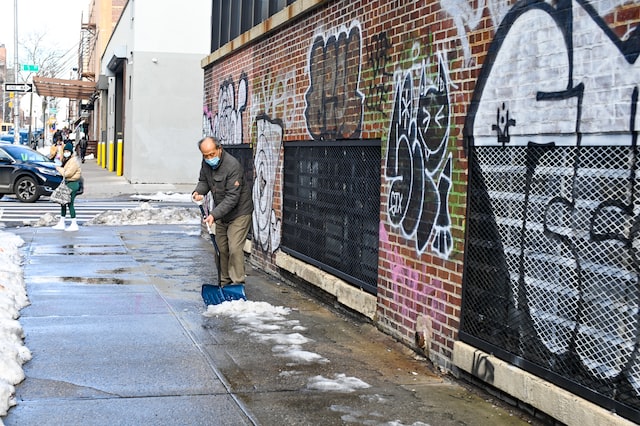
If you’re a renter, depending on the conditions of your lease agreement, your landlord may be liable for serious injuries incurred while shoveling snow or removing ice. This is especially true if they were made aware of the dangerous conditions ahead of time and did not take steps to correct them. According to RentHop, Brooklyn is the borough with the slowest response to shoveling new snow.
While not inherently dangerous, icy winter conditions compromise health, and underestimating the winter cold can lead to injuries and even death while shoveling snow. Most injuries that occur while shoveling are due to falls, overexertion, and improper form. Bumps and bruises are common, but so are neck, back, and shoulder injuries. In the United States, around 11,500 people are admitted to emergency rooms for snow-shoveling-related injuries yearly, while over 100 shovelers die annually. There are ways to help prevent this; dressing in many warm layers as well as warming up and stretching both before and after shoveling can also help to keep muscles flexible and abate sprains and other injuries.
For shovelers aged 55 and above, the heart is in the most danger as chest pains, and cardiac arrest can lead to serious injury or even death. If you have a history of heart disease or have other high-risk factors, it’s important to avoid overexertion while shoveling snow and to immediately stop should you experience any severe symptoms while shoveling; chest pains, dizziness, radiating arm pain, and shortness of breath. Early signs that can be helpful include a “stuttering” pain in the chest, neck, left arm, or back, cold sweats, and nausea; recognizing these can help deter a more painful, life-threatening, and expensive situation down the line!
Josiah Thomas Turner is writer and musician based out of Washington Heights, New York. Turner received his undergraduate degree in Drama from the University of Wisconsin - Stevens Point before earning an M.F.A. in Playwriting from The University of Texas at Austin. Born and raised in Milwaukee, Wisconsin, Turner trained as a multi-instrumentalist from a young age and spent much of his early years creating and performing music. Josiah’s current interest include animation, video-games and French-Canadian prog-rock.


